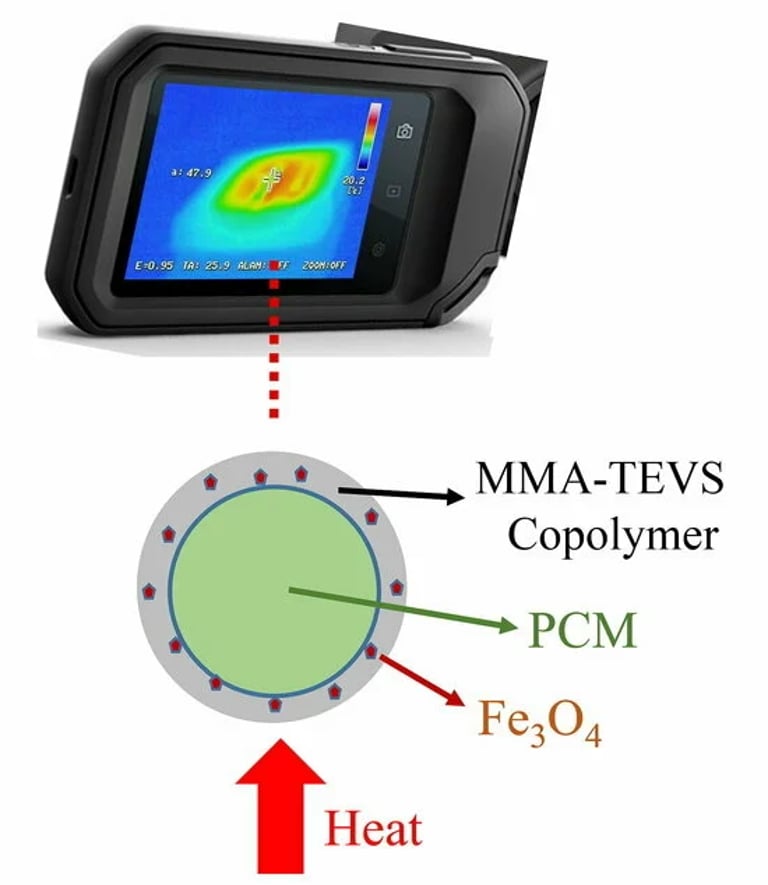New Bio-PCMs Revolutionize Building Materials for a Sustainable Future
September 29, 2024
Recent advancements in synthesizing fatty acid phase change materials (PCMs) from bio-sources have been highlighted, focusing on their incorporation into building materials and life cycle assessments.
Fatty acids, derived from renewable resources like biomass and vegetable oils, present sustainable alternatives to traditional PCMs, which often raise food security concerns.
The need for comprehensive research addressing the methods of obtaining fatty acids, their thermophysical properties, and their incorporation into construction materials is emphasized.
Future research should aim to optimize the synthesis process for cost-effectiveness and enhance the thermal properties of bio-PCMs.
PCMs are favored for their high latent heat of fusion, which allows them to effectively regulate temperature with minimal fluctuations during operation.
Lauric acid has been utilized as a PCM due to its suitable thermal properties for applications in electronic devices.
Thermal energy storage is crucial for balancing supply and demand, particularly in the textile industry where phase change materials can regulate the microclimate around wearers.
The synthesis of PCMs involves hydrolysis to break down fat molecules, followed by esterification, UV-crosslinking, and crystallization to tune their phase change properties.
Various manufacturing techniques, including compression resin transfer molding and hot press consolidation, are discussed as methods to improve production efficiency.
The environmental concerns associated with synthetic composite materials have prompted exploration into natural composites, specifically flax–polypropylene, as a sustainable alternative.
The article advocates for further research to scale up production and explore diverse applications for flax–polypropylene composites, aiming for a more sustainable material future.
Bio-materials, including bio-PCMs, may play a crucial role in achieving carbon neutralization and aligning with Sustainable Development Goals (SDGs).
Summary based on 7 sources
